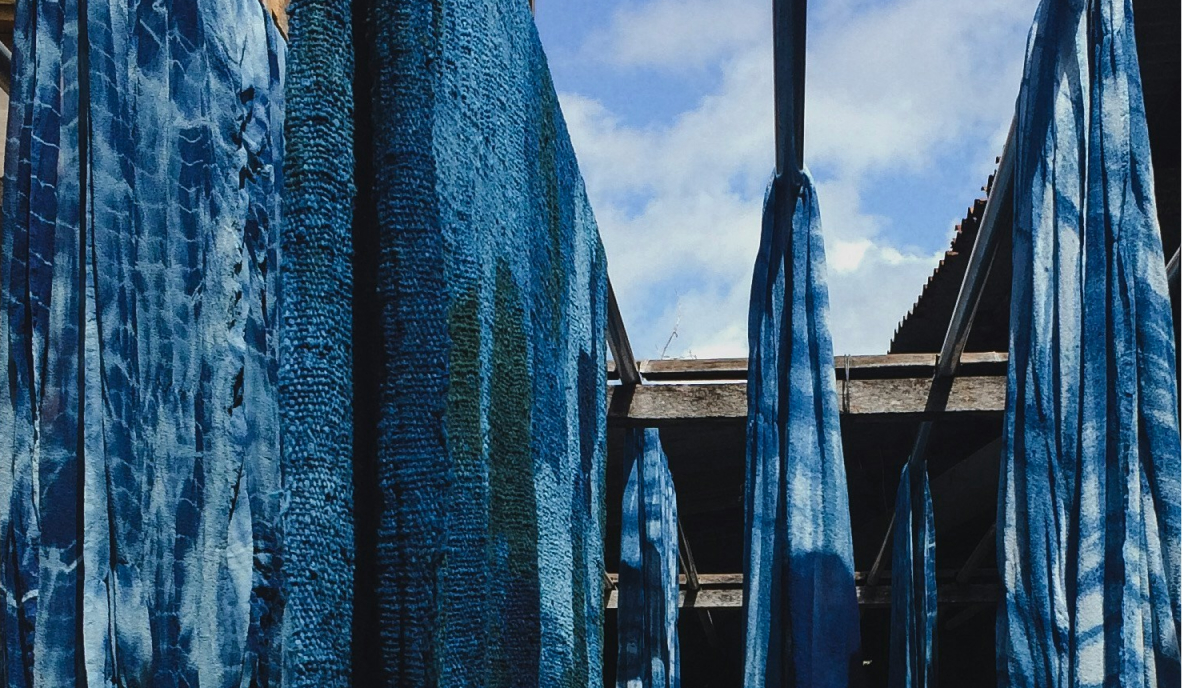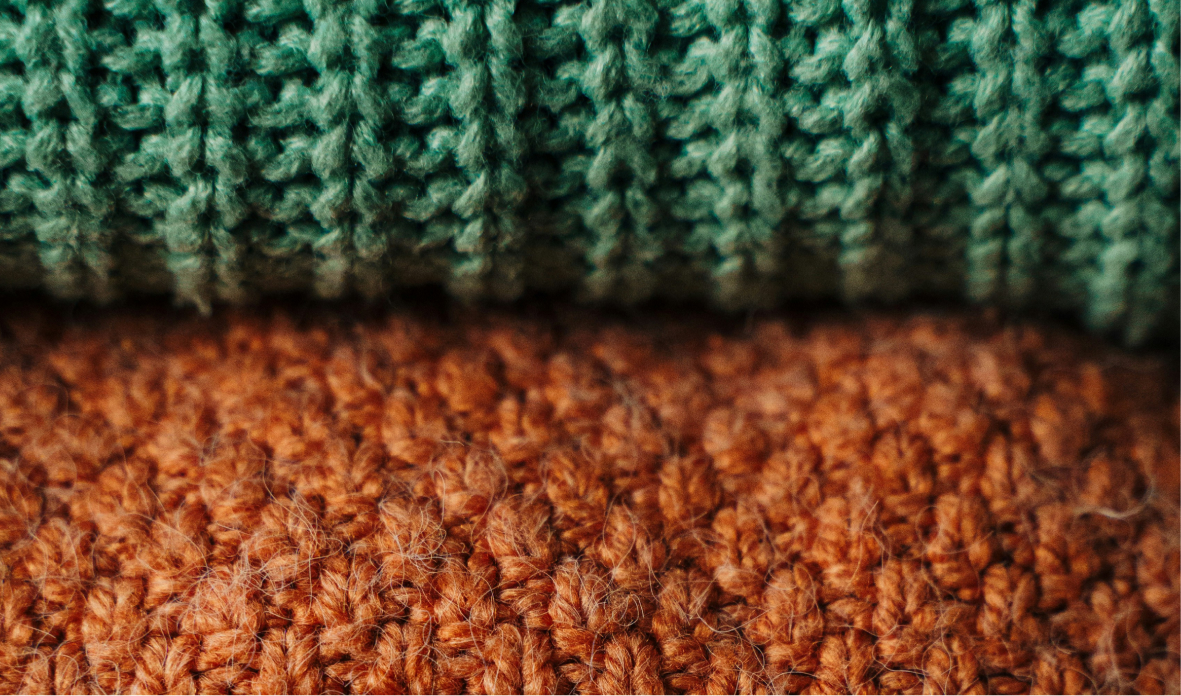Want New Clothes? Dye the Ones You Have

Join the community





When refreshing our wardrobes, we typically think about discarding old clothes and purchasing new or secondhand replacements. But there's a simpler alternative that skips these steps: dyeing your existing clothes.
You can breathe back life into your existing clothes by dyeing them. Dyeing can take the faded garments to their original hues or change their color altogether — your light pink shirt could become darker pink, purple, or even black or brown.
You can do this at home using DIY techniques or get professional help. Natural fabrics like cotton, linen, silk, and viscose rayon take dyes well and are suitable for home dyeing. Synthetic fibers such as polyester and nylon can be harder to dye, so you may consider professional dyeing services for those, or accept the risk that dyeing at home may not have the results you expect.
{{cta-join2}}
Natural vs Synthetic Dyes
If you would like to try dyeing at home, you could start with using Rit Dye . Follow the step-by-step instructions on the packaging, or you can go to their website if that’s easier. Make sure that you use protective gloves and a mask if you are working with chemical dyes.
If you are wary of chemicals, natural dyes are a great alternative. Here are some of the colors that you can get from natural dyes:
- Red and pink: Fresh beets or powdered beetroot, pomegranates, red and pink rose petals, avocado pits.
- Orange: Carrots, turmeric, butternut seeds, or husk.
- Yellow: Marigolds, sunflower petals, paprika, celery leaves, onion skins.
- Green: Spinach, mint leaves, lilacs, artichokes.
- Indigo: Purple cabbage, blueberries, blackberries, woad, black beans.
With natural dyes, you would need to use a mordant first to prepare your fiber. A mordant (similar to a fixative) is a substance like aluminium acetate, which is used to set dyes on fabrics.
Using a mordant ensures that the color doesn’t bleed and remains steadfast. The shade and saturation level of your dye will vary based on the plant, fruit, or flower that you choose, as well as the technique that you follow.
Simple Home Dyeing Techniques
Here are six simple home-dyeing techniques that you can try with natural dyes:
Dip-Dye / Ombre Dyeing
- Gradually dip fabric into a dye bath so the color fades from dark to light.
- Creates a gradient effect (popular for dresses, T-shirts, scarves).
How to Dye Fabric using Ombre Technique→
Tie-Dye
- A classic method involving twisting, folding, or bunching fabric and binding it with rubber bands before applying dye.
- Produces vibrant spiral, stripe, bullseye, and other bold patterns.
How to Dye Fabric using the Tie-Dye Technique→
Shibori (Japanese Resist Dyeing)
- Uses folding, twisting, and binding with string or wood blocks.
- Creates geometric or organic patterns.
How to Dye Fabric using Shibori Technique→
Bundle Dyeing (Natural Dyeing)
- Place flower petals, leaves, or spices (turmeric, onion skins, hibiscus) on fabric, bundle tightly, and steam or boil.
- Leaves botanical imprints directly on the fabric.
How to Dye Fabric using Bundle Dyeing Technique→
Stencil or Block Printing
- Use carved wood blocks, stencils, or even potatoes to stamp patterns.
- Great for adding motifs to specific areas.
How to Dye Fabric using Block Printing Technique→
Batik (Wax Resist Dyeing)
- A traditional resist dyeing method, where hot wax is applied to fabric to block out areas from absorbing dye, can be done in multiple layers for multicolored designs
- After dyeing, the wax is removed (often by ironing or boiling), revealing intricate patterns and motifs.
How to Dye Fabric using Batik Technique→












